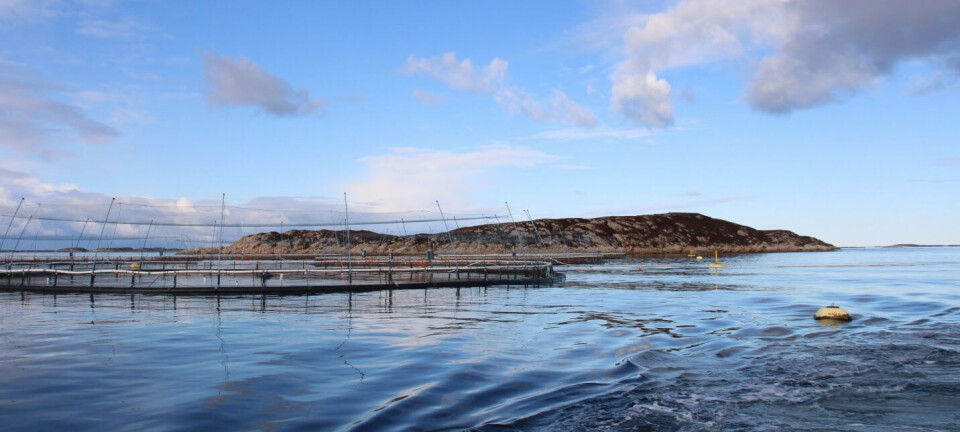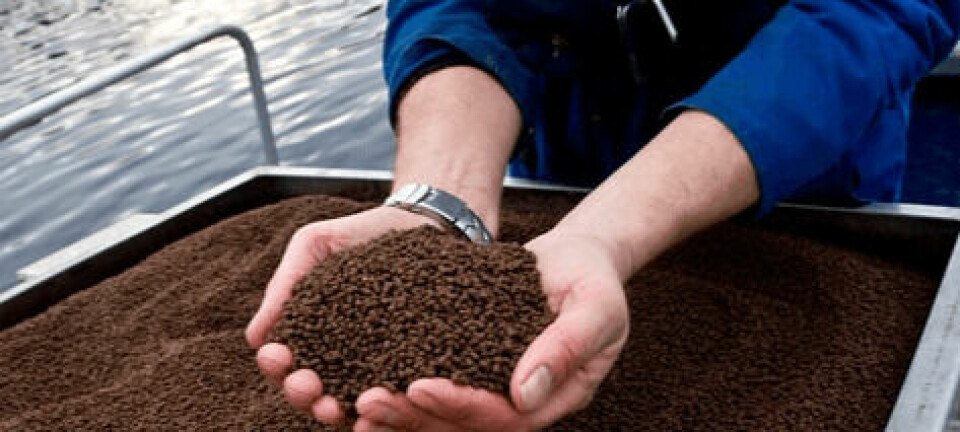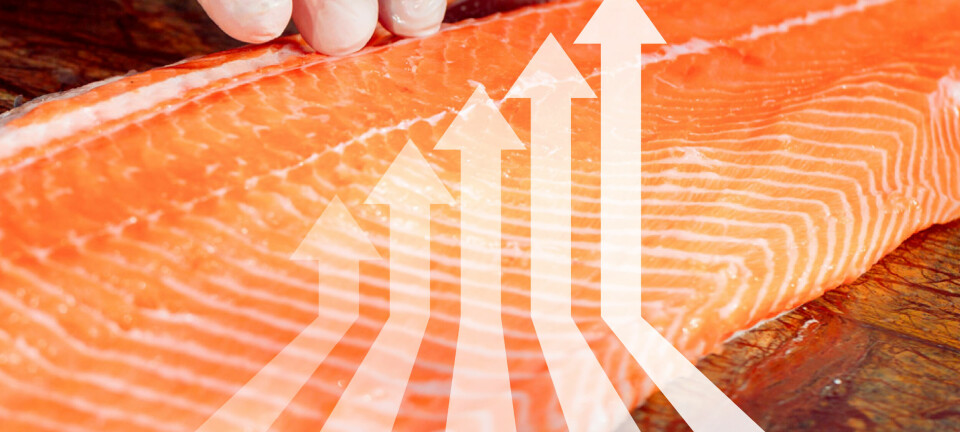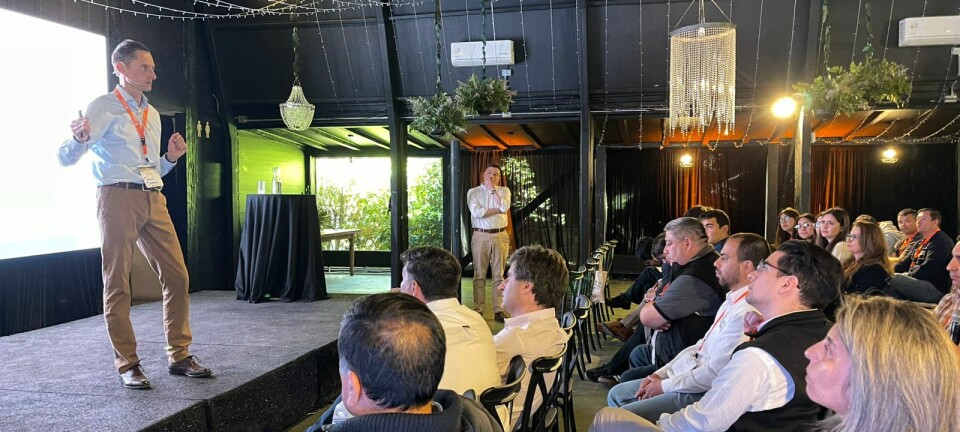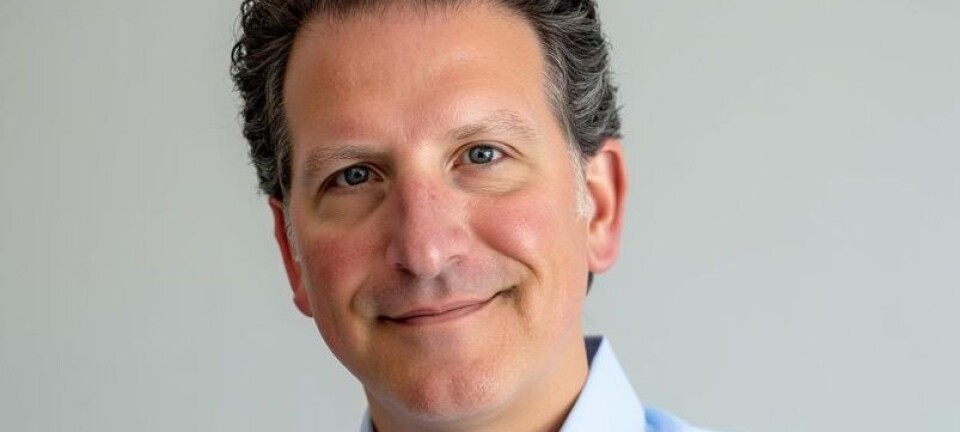Seafood takes the global stage
by Rob Fletcher, editor
Many of you will be reading this en route to, or soon after, the Seafood Expo Global. While a large proportion of you will feel so footsore that you suspect you’ve circumnavigated Belgium several times by the time you finally get home, you should be heartened by the sheer scale and the diversity of global seafood production and also by the number of innovative ways that have been devised to process, package and market the fruits of the fishermen’s and farmers’ labours. For, although the end products at such trade events sometimes seem far removed from the live fish that many of you will have been carefully nurturing, these artfully processed and tastefully packaged morsels are the cutting edge of the industry and the ultimate reason why we farm the oceans. Indeed, the Brussels Expo acts as a timely reminder of the crucial role farmers play – not only in providing exceptional quality produce to gourmets across the planet but also in feeding the world. The Expo should also help explain why value added processing is an area that many salmon producers are currently exploring and it will be interesting to see how long it takes before the names of companies we think of as predominantly being producers of whole fish are occurring beside exotic sounding products on the shortlist of the Prix D’Elite. Given that Marine Harvest’s VAP facility in the Scottish port of Rosyth is now fully functioning, for example, it seems likely that vertical integration will follow logically in the footsteps of the consolidation that has taken place so comprehensively in the industry in Scotland and is also currently very evident in Chile – the new Mecca for salmon farm mergers. It’s easy to be blinded by all the flashy sales-based bling that dominates an event like the Expo. But, at the other end of the scale, and very much to the fore in this issue, are those tinkering away behind the scenes – the often unsung scientists and researchers who are busy trying to develop ways to fine-tune and improve our knowledge of Salmo salar and to come up with new ways to feed them and protect them from parasites and diseases. Perhaps one of the more exciting glimpses into the world of research that is covered in this issue is the comparative success of recent projects involving triploid salmon. Indeed, Marie Smedley’s article on page 29 suggests that by utilising the right diet – one that contains added phosphorous and possibly probiotics – many of the skeletal and digestive difficulties that have plagued previous triploid projects can be overcome. It will be interesting to see whether this apparent breakthrough will help pave the way for commercial triploid production before too long. If commercially feasible, it would certainly be an effective means of countering one of the major gripes of the wild fish interests, although it seems that the environmentalists other major concern, the lice issue – which Laura Braden ably delves into on page 33 – is still a long way from being solved. Speaking of the arguments for/against the industry, Richie Flynn’s article on page 9 calls into doubt the communication strategies of the salmon sector – condemning them for focusing too much on countering the claims of eNGOs whose attacks on the aquaculture industry, he argues, have become a lucrative raison d’etre. Flynn maintains that the industry should not only be better equipped to counter the often spurious claims made by the mongers of doom, but that it should also have the confidence to celebrate its vital role as a global protein producer. A visit to Brussels in April only helps to illustrate his point.




















